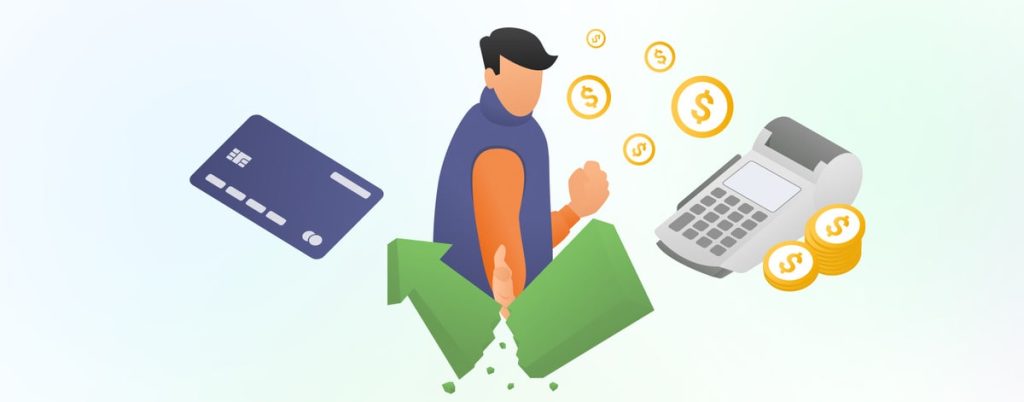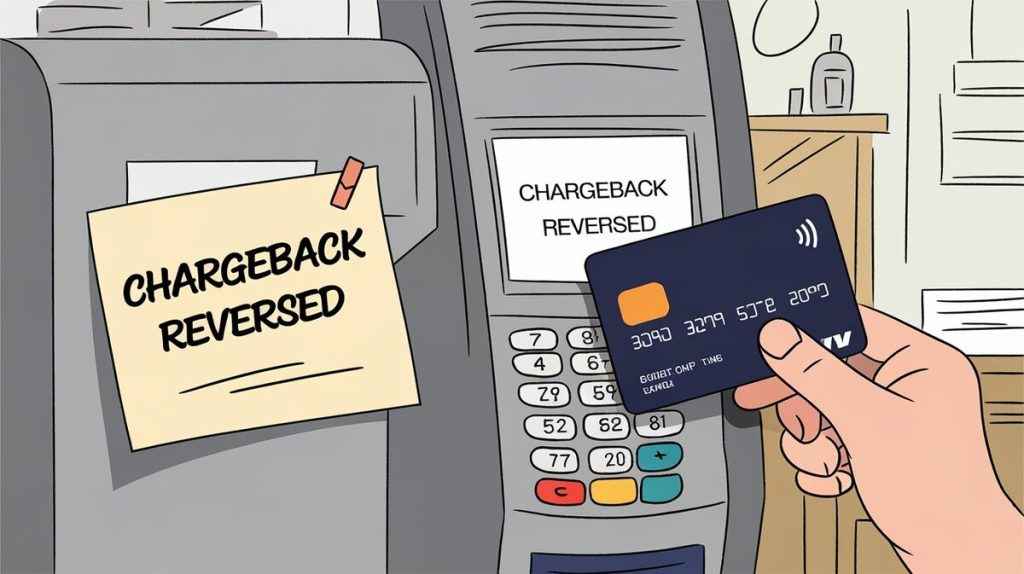Chargebacks represent a significant financial burden for businesses, especially online merchants. Understanding chargeback reversals and how to succeed in reversing unjust claims is essential for minimizing losses. This guide explains the key aspects of chargeback reversals, how businesses can improve their chances of winning disputes, and practical steps to reduce the likelihood of future chargebacks.
What is a Chargeback Reversal?
A chargeback reversal occurs when an issuing bank, after reviewing evidence provided by a merchant, decides to return disputed funds to the merchant. The merchant must demonstrate that the transaction in question was valid and complied with all regulations. The process is formal and requires detailed documentation.
Key Differences: Refund, Reversal, and Chargeback
- Refund: A voluntary return of funds initiated by the merchant.
- Reversal: A failed or voided transaction due to technical issues.
- Chargeback: A dispute initiated by the cardholder’s bank, potentially reversible by providing evidence.
Types of Chargebacks
Merchants commonly encounter these chargeback types:
- Fraud: Unauthorized transactions, often due to stolen card information.
- Merchant Error: Problems such as incorrect billing or duplicate charges.
- Friendly Fraud: Legitimate purchases disputed by customers.
- Processing Issues: Errors in handling transactions, such as incorrect currency conversions.
Financial Impact of Chargebacks
Chargebacks impose high costs. For every $1 lost to chargebacks, businesses incur about $3.75 in related expenses, including administrative fees, lost goods or services, and processing fees. Repeated chargebacks also negatively impact the merchant’s relationship with payment processors.
Cost Breakdown of a Chargeback
| Chargeback Component | Estimated Cost per Chargeback |
|---|---|
| Lost transaction amount | $100 – $200 |
| Chargeback fee | $20 – $100 |
| Fraud monitoring (if ratio > 1%) | $50 – $200 |
| Lost product/service | Varies |
| Administrative and labor costs | $25 – $50 |

Chargeback Reversal Process
Winning a chargeback reversal requires strict adherence to the process:
- Notification: Monitor your chargeback notifications carefully. Issuing banks like Visa and Mastercard set specific deadlines for merchants to respond.
- Reason Codes: Each chargeback has a reason code indicating why it was initiated. Codes like Visa’s 10.4 (fraud) or Mastercard’s 4863 (duplicate transaction) determine the type of evidence required for rebuttal.
- Evidence Collection: Gather all transaction details, customer interactions, and shipping confirmations to prove the transaction was legitimate. The evidence must directly address the reason code.
- Rebuttal Letter: Draft a concise, fact-based rebuttal letter. Focus on evidence that counters the chargeback claim, such as proof of delivery or transaction logs.
- Submission: Submit the representment to the issuing bank within the required timeframe. Failure to meet the deadline results in an automatic loss.
Best Practices for Chargeback Reversals
Winning chargeback disputes requires a disciplined approach:
- Maintain Detailed Records: Keep records of every transaction, customer interaction, and delivery confirmation for at least 180 days.
- Leverage Management Tools: Use chargeback management solutions, such as those provided by Merchanto.org, an official partner of Visa and Mastercard. Merchanto helps identify potential chargeback risks and manage disputes efficiently. Learn more at Merchanto.org.
- Provide Responsive Customer Service: Up to 60% of chargebacks can be avoided by addressing customer concerns early. Prompt communication reduces disputes related to undelivered goods or service dissatisfaction.
- Monitor Chargeback Ratios: Keeping your chargeback ratio below 1% is crucial to avoiding penalties from Visa and Mastercard. Regular monitoring helps maintain compliance.
Common Chargeback Reason Codes by Card Network
Different card networks assign specific reason codes for chargebacks. Merchants should be familiar with these codes to prepare the correct rebuttal.
| Card Network | Reason Code | Description | Suggested Evidence |
|---|---|---|---|
| Visa | 10.4 | Fraud-related transaction | Proof of delivery, customer authorization |
| Mastercard | 4863 | Duplicate transaction | Transaction logs |
| Visa | 13.1 | Goods/services not received | Shipping confirmation, customer communication |
| Mastercard | 4834 | Merchandise not as described | Return policy, proof of customer satisfaction |

Reducing Your Chargeback Ratio
Maintaining a low chargeback ratio is key to keeping merchant accounts in good standing with payment processors. Merchants who exceed 1% may face penalties or account suspensions.
Strategies for reducing chargeback ratios:
- Clearly Defined Return Policies: 20% of chargebacks stem from unclear return or refund policies. Clear policies reduce misunderstandings and disputes.
- Transaction Alerts: Sending order confirmations and shipment updates reduces chargebacks related to non-receipt of goods by 25%.
- Authentication Tools: Solutions like 3D Secure lower fraud-related chargebacks by 40% by verifying the cardholder’s identity at the time of purchase.
Impact of High Chargeback Ratios
Card networks such as Mastercard and Visa monitor chargeback ratios. If a merchant’s chargeback ratio exceeds acceptable limits, it can lead to:
- Fines: Penalties can range from $500 to $100,000, depending on the transaction volume and chargeback frequency.
- Higher Processing Fees: Payment processors may increase fees for merchants with a high chargeback ratio, making operations more expensive.
- Account Suspension: Continued violations of chargeback thresholds can lead to account suspension, which can cripple a business by preventing payment acceptance.
| Network | Chargeback Threshold | Penalty per Incident | Account Suspension Limit |
|---|---|---|---|
| Visa | 1% | $500 – $10,000/month | 3 consecutive months |
| Mastercard | 1.5% | $1,000 – $50,000/month | 2 consecutive months |
Steps to Prevent Chargebacks
Preventing chargebacks is more cost-effective than dealing with them after the fact. By adopting proactive measures, merchants can minimize the likelihood of disputes:
- Offer Transparent Policies: Display return, refund, and shipping policies clearly on the website. Make sure customers understand these terms before purchase.
- Use Fraud Prevention Tools: Implement tools like 3D Secure or fraud detection systems offered by Braintree or Stripe. These tools reduce fraud-related chargebacks by up to 40%.
- Provide Real-Time Updates: Sending real-time notifications, such as shipping and delivery confirmations, helps manage customer expectations and avoid non-receipt disputes.
- Train Staff on Dispute Handling: Ensure your team is well-versed in handling customer disputes before they escalate to chargebacks. Providing excellent customer service helps resolve issues early.
Conclusion
Chargeback reversals play a crucial role in protecting business revenue and maintaining a good standing with payment processors. Merchants can improve their chances of winning chargeback disputes by staying organized, following proper procedures, and leveraging tools to streamline the process.
By maintaining detailed records, understanding chargeback reason codes, and implementing proactive prevention measures, merchants can reduce chargeback losses and protect their bottom line.



